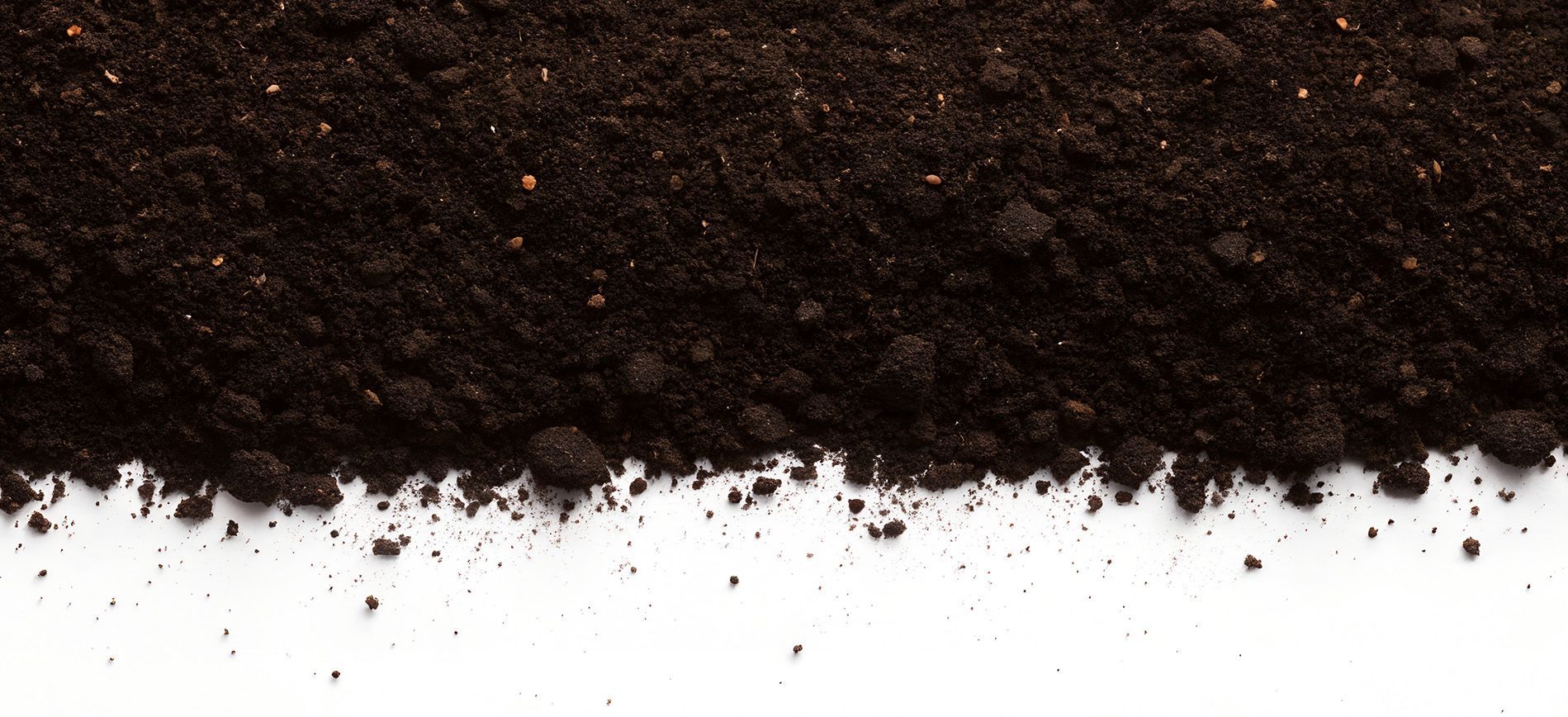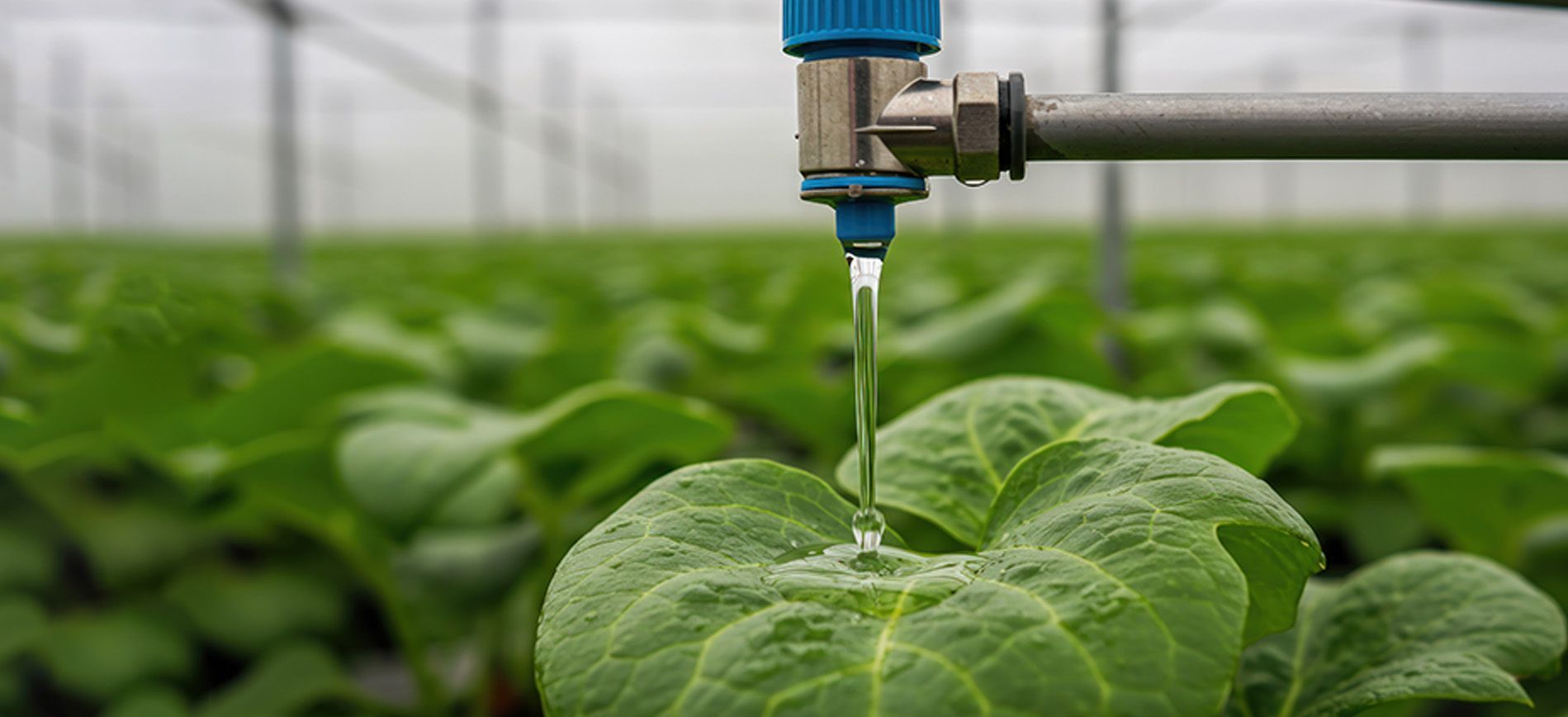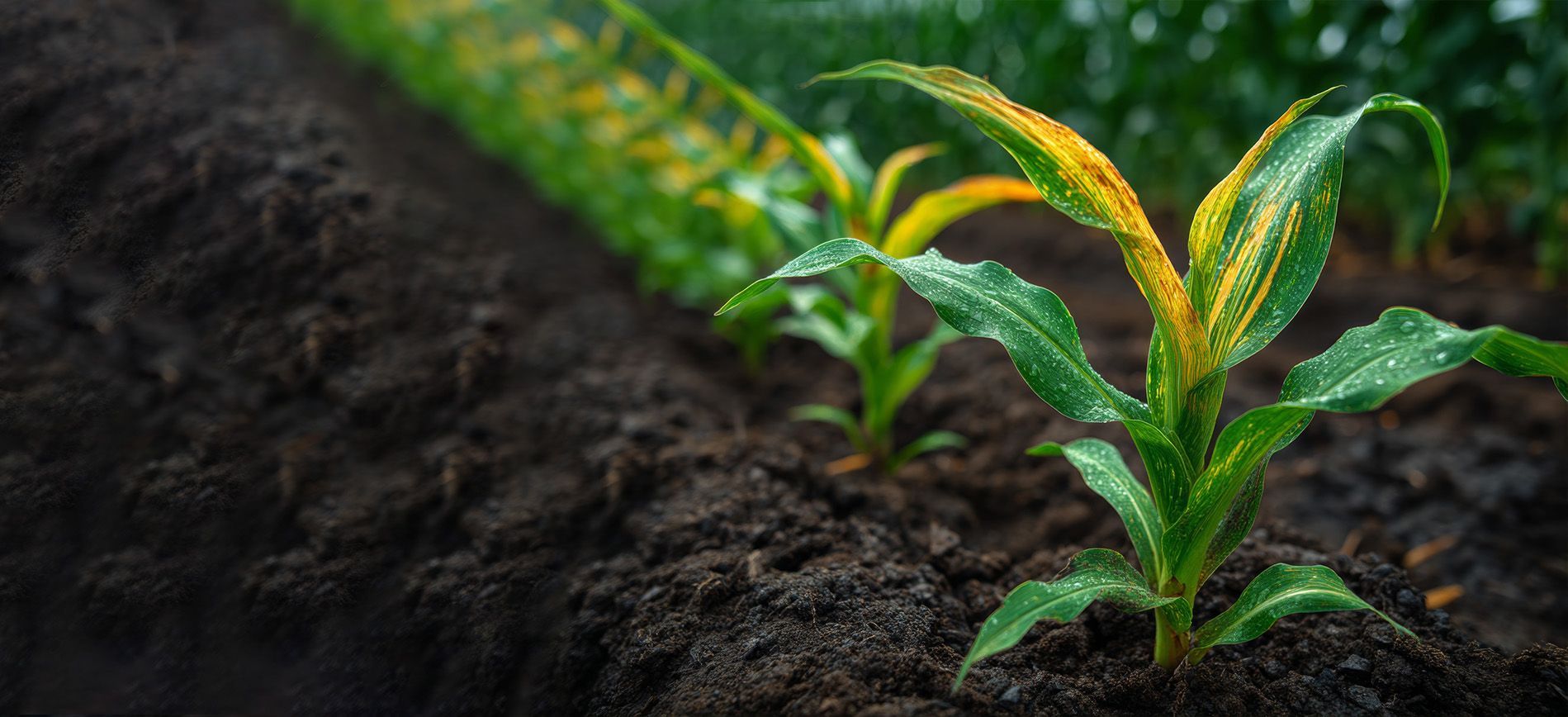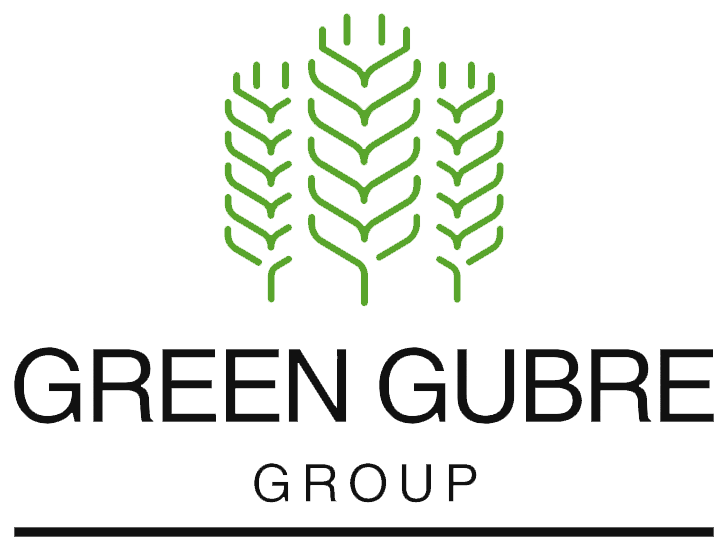CBAM and the Fertilizer Industry – What EU Carbon Regulations Mean for Global Suppliers
A New Era of Carbon Accountability
The European Union’s Carbon Border Adjustment Mechanism (CBAM) is reshaping the future of international trade. While its primary objective is to prevent carbon leakage by leveling the playing field between EU producers and foreign suppliers, the mechanism seriously affects global fertilizer exporters, especially those dealing in energy-intensive products like urea and NPK fertilizers.
As CBAM transitions from its reporting phase (2023–2025) to its implementation phase (2026 onward),
fertilizer manufacturers in non-EU countries—particularly in the Middle East, North Africa, CIS, and Asia—must prepare for new cost structures, documentation requirements, and trade recalibrations.
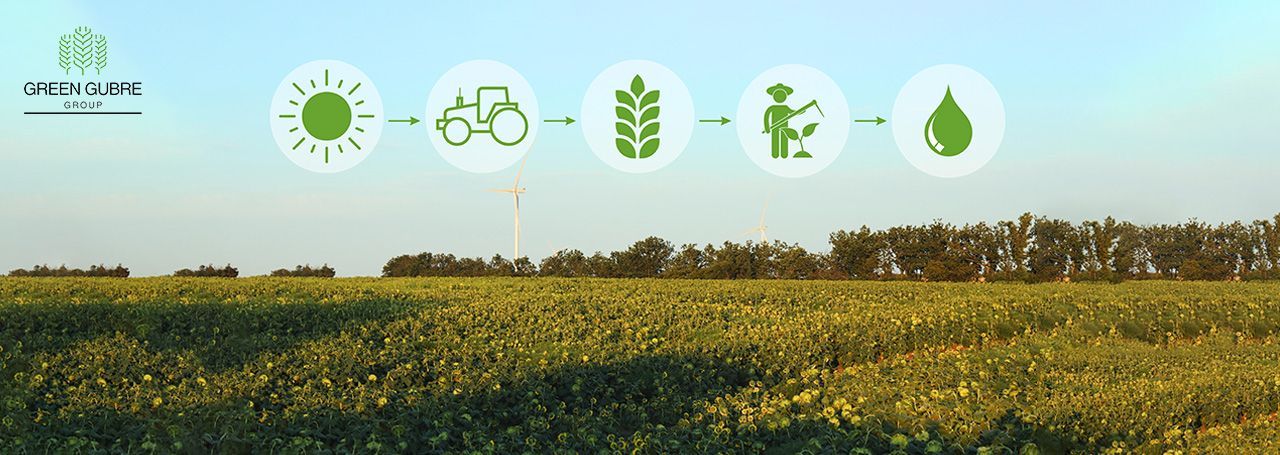
What Is CBAM and Why Does It Matter for Fertilizer?
CBAM is a regulatory mechanism that places a carbon cost on imports of certain goods, including ammonia and urea, based on their embedded CO₂ emissions. Its purpose is to:
- Prevent carbon leakage—where industries relocate to regions with laxer emission rules.
- Protect EU industries subjected to the EU Emissions Trading System (EU ETS).
- Encourage greener production methods worldwide.
For the fertilizer industry,
urea and
NPK components (notably nitrogen-based) are squarely in focus due to their high emissions footprints during production, mainly from ammonia synthesis using natural gas.
How CBAM Affects Fertilizer Exporters
🔹 Covered Products
CBAM currently applies to:
- Ammonia
- Nitrogen fertilizers (including urea)
- Other nitrogenous compounds used in NPK blends
While phosphorus and potassium inputs are not directly listed, NPK formulations containing nitrogen still fall under scrutiny.
🔹 Affected Regions
Major fertilizer exporters to the EU likely impacted by CBAM include:
- Russia, Egypt, Algeria, and Nigeria (ammonia)
- Iran, Qatar, and Saudi Arabia (urea)
- India and China (bulk fertilizers with high carbon intensity)
Compliance Timeline
| Phase | Timeline | Key Requirements |
|---|---|---|
| Transitional Phase | Oct 2023 – Dec 2025 | Emission reporting only; no payments required |
| Full Implementation | Jan 2026 onwards | Carbon certificates must be purchased for embedded CO₂ |
| Scope Expansion Review | 2026–2030 | Potential inclusion of downstream products, blends |
From 2026, exporters will have to declare the carbon intensity of each shipment and buy CBAM certificates reflecting the EU carbon price (~€90–100/ton CO₂ in 2025)【European Commission – CBAM FAQ】.
Financial and Operational Impacts
- Higher Delivered Costs: Importers must either absorb or pass on carbon-related costs, making high-emission fertilizers less competitive in Europe.
- Need for Carbon Transparency: Exporters must quantify and verify
direct and indirect emissions at the plant level, which requires advanced
MRV (Monitoring, Reporting, and Verification) systems.
- Supply Chain Diversification: EU buyers may shift toward
lower-emission suppliers or
local producers to mitigate cost and compliance complexity.
- Competitive Pressure: Countries lacking decarbonization incentives or carbon accounting infrastructure may lose EU market share to cleaner producers like those in Norway, the EU, or North Africa (with solar/hydrogen ammonia projects).
Strategic Responses for Fertilizer Exporters
To remain viable suppliers to the EU, global fertilizer exporters must:
- Invest in low-carbon production (e.g., blue or green ammonia, renewable-based urea)
- Adopt MRV systems and partner with carbon consultants to ensure emission data accuracy.
- Collaborate with EU buyers for joint decarbonization roadmaps
- Monitor EU updates, including potential CBAM expansion to more downstream products
Exporters who lead on transparency and emissions reduction will gain a first-mover advantage.
Green Gubre Group – Supporting Sustainable Trade
At Green Gubre Group, we are proactively aligning our operations and supplier relationships with emerging EU compliance standards. Our goal is to:
- Help clients prepare for CBAM reporting and cost forecasting
- Provide carbon-conscious fertilizer options, including cleaner urea and NPK sourcing
- Work with regulators and industry platforms to stay ahead of policy shifts
Climate-resilient agriculture and decarbonized trade go hand in hand.

